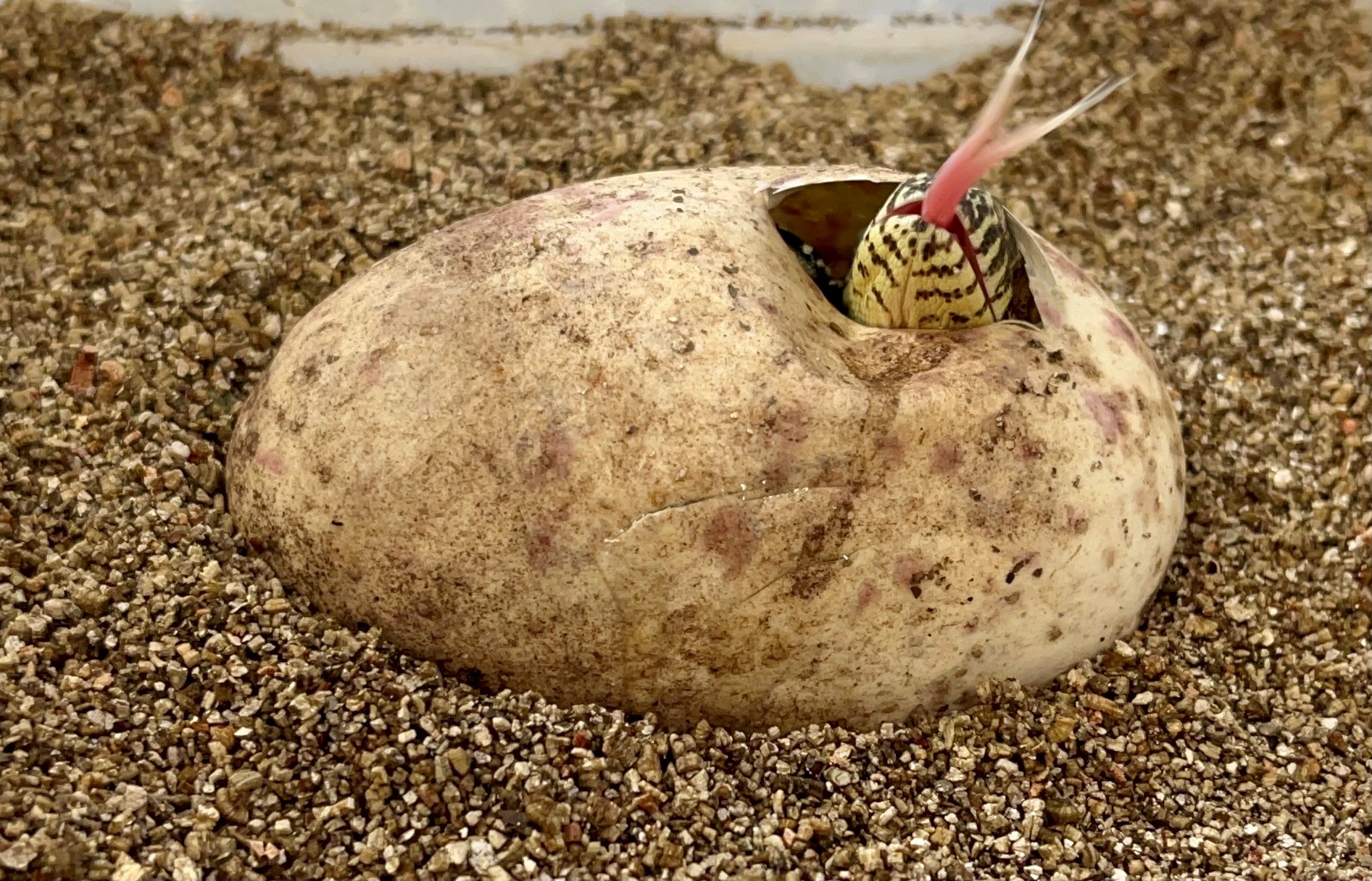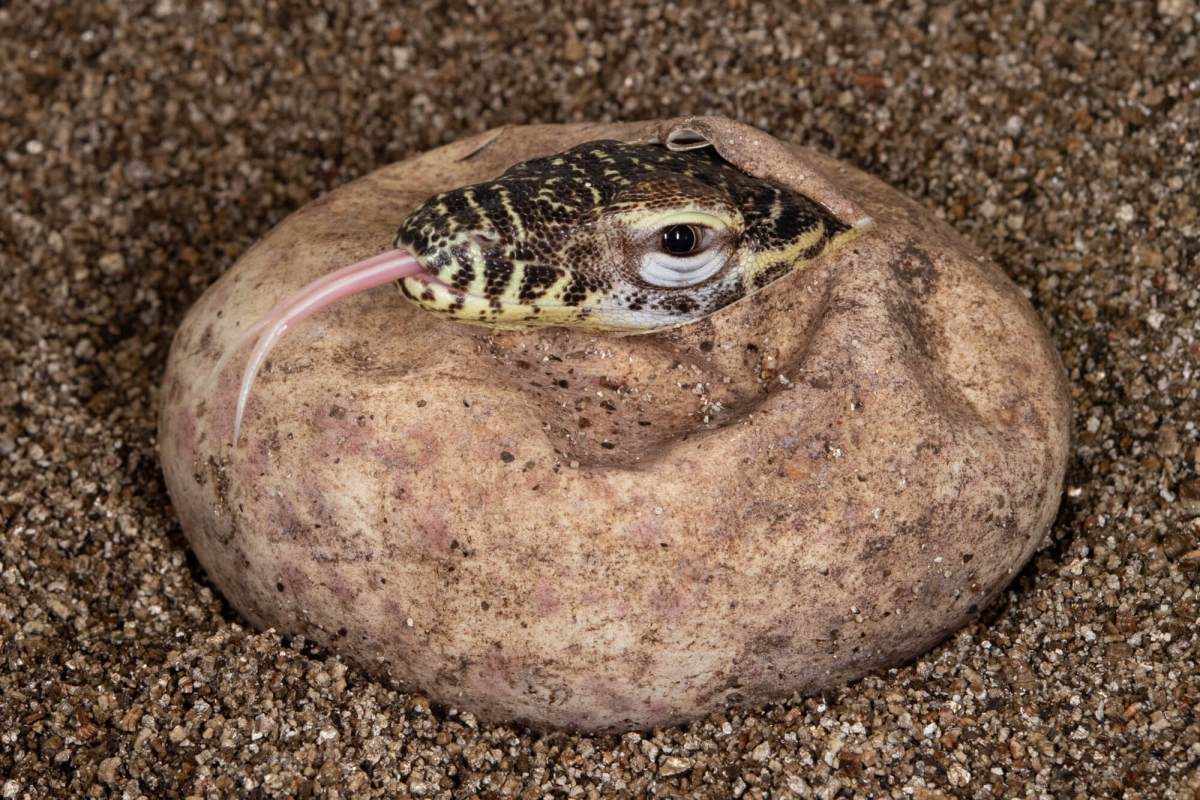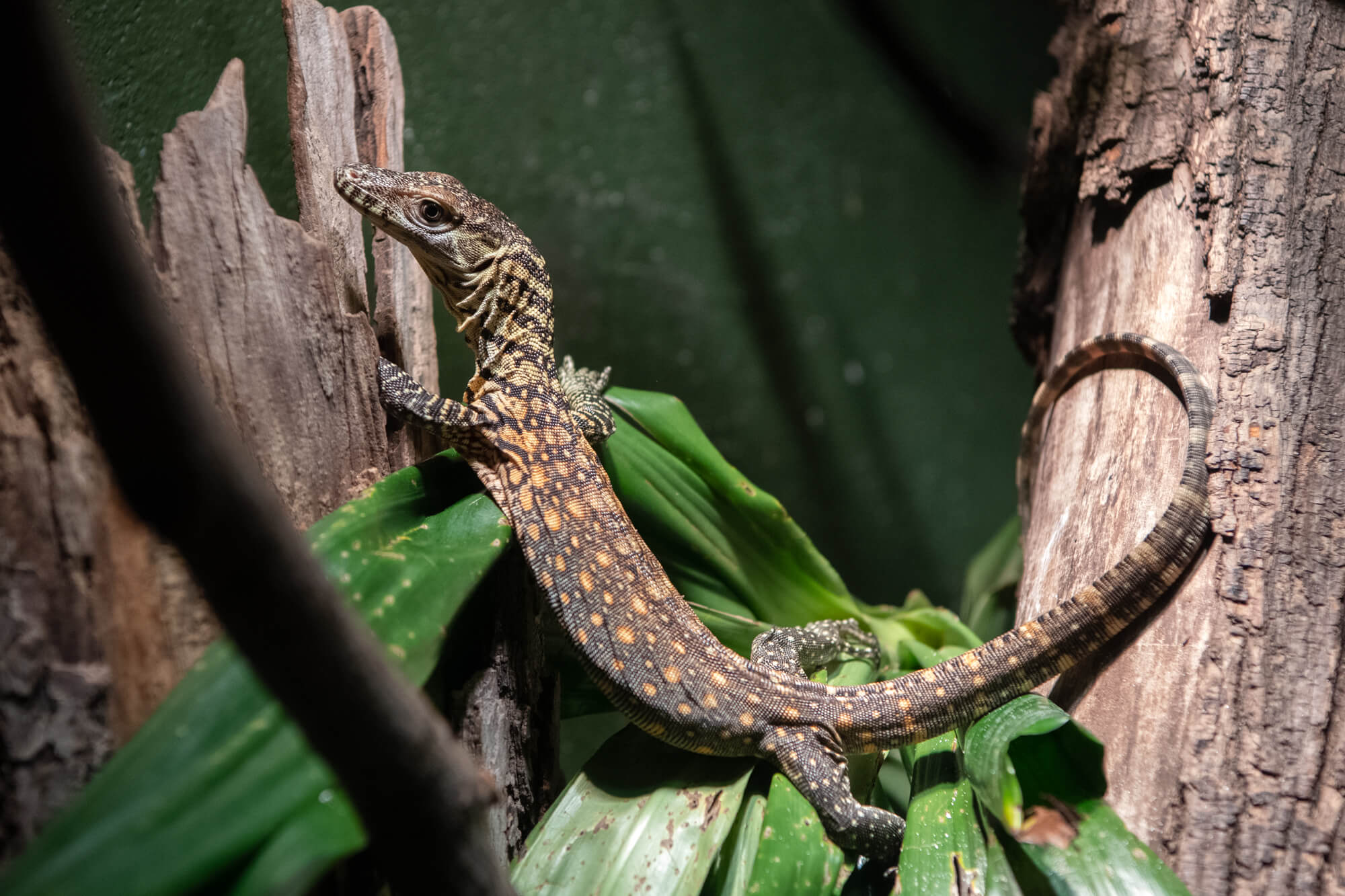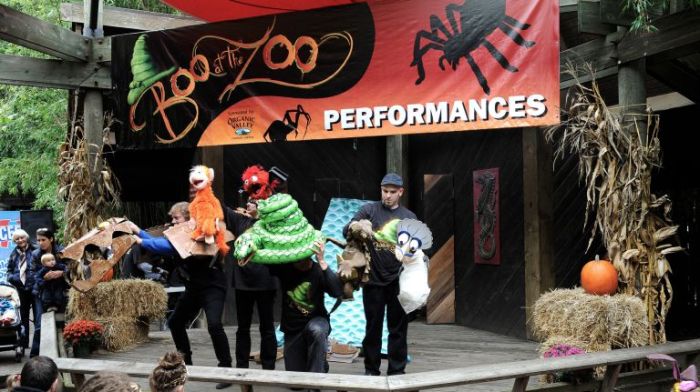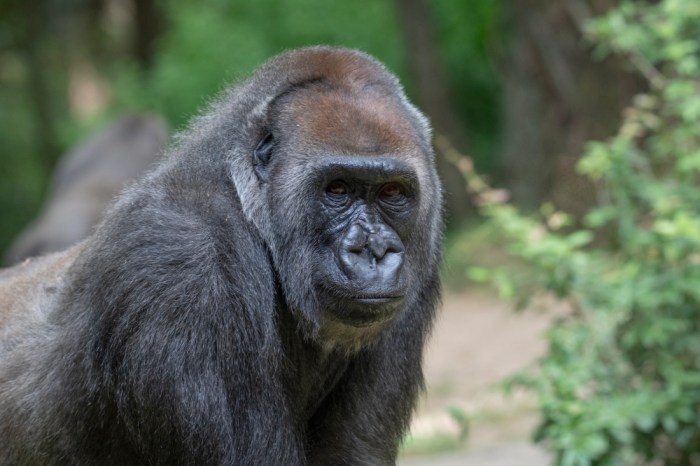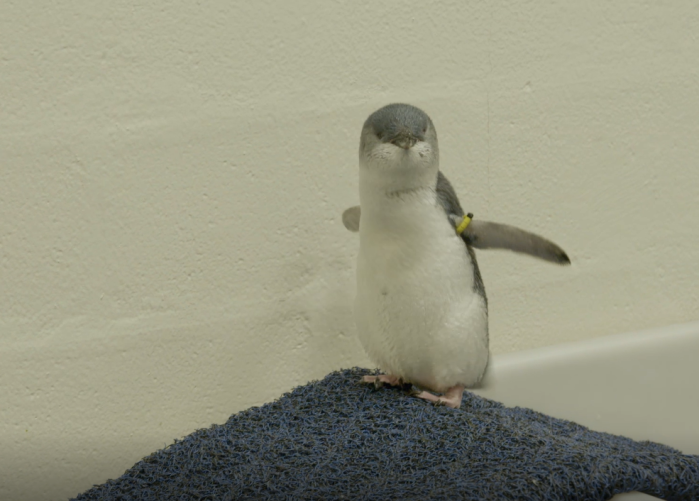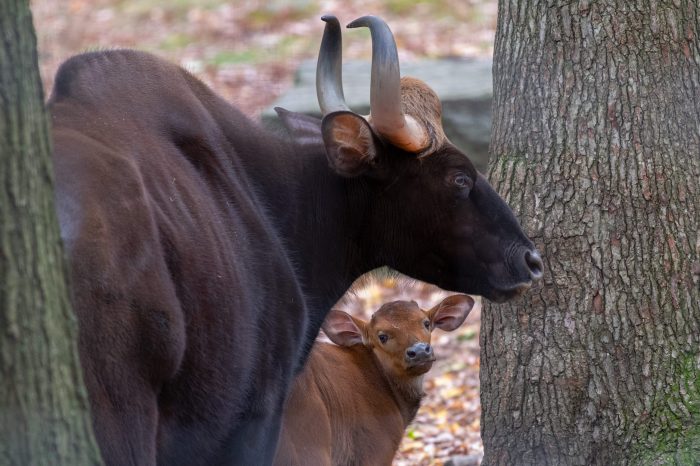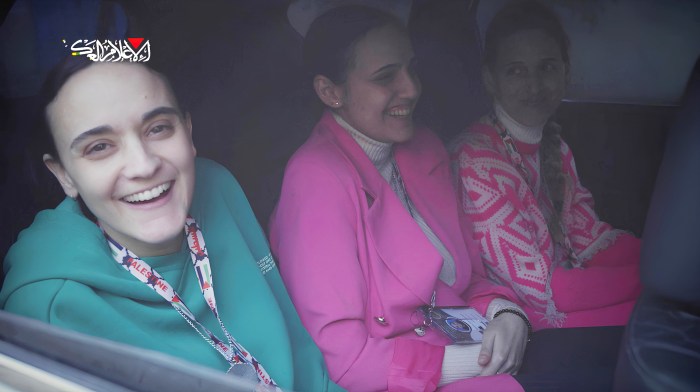For the first time in the 122-year history of the Bronx Zoo’s existence, two Komodo dragons successfully bred and produced 6 hatchlings, marking a tremendous occasion for not only the park, but for the endangered lizards as well.
“This is an important achievement for zoo staff and a significant milestone for the Bronx Zoo,” said Curator of Herpetology at the Bronx Zoo, Don Boyer.
The pair of dragons coupled in March 2021, and within a month, the female delivered “a clutch of eggs,” which is typically about 20.
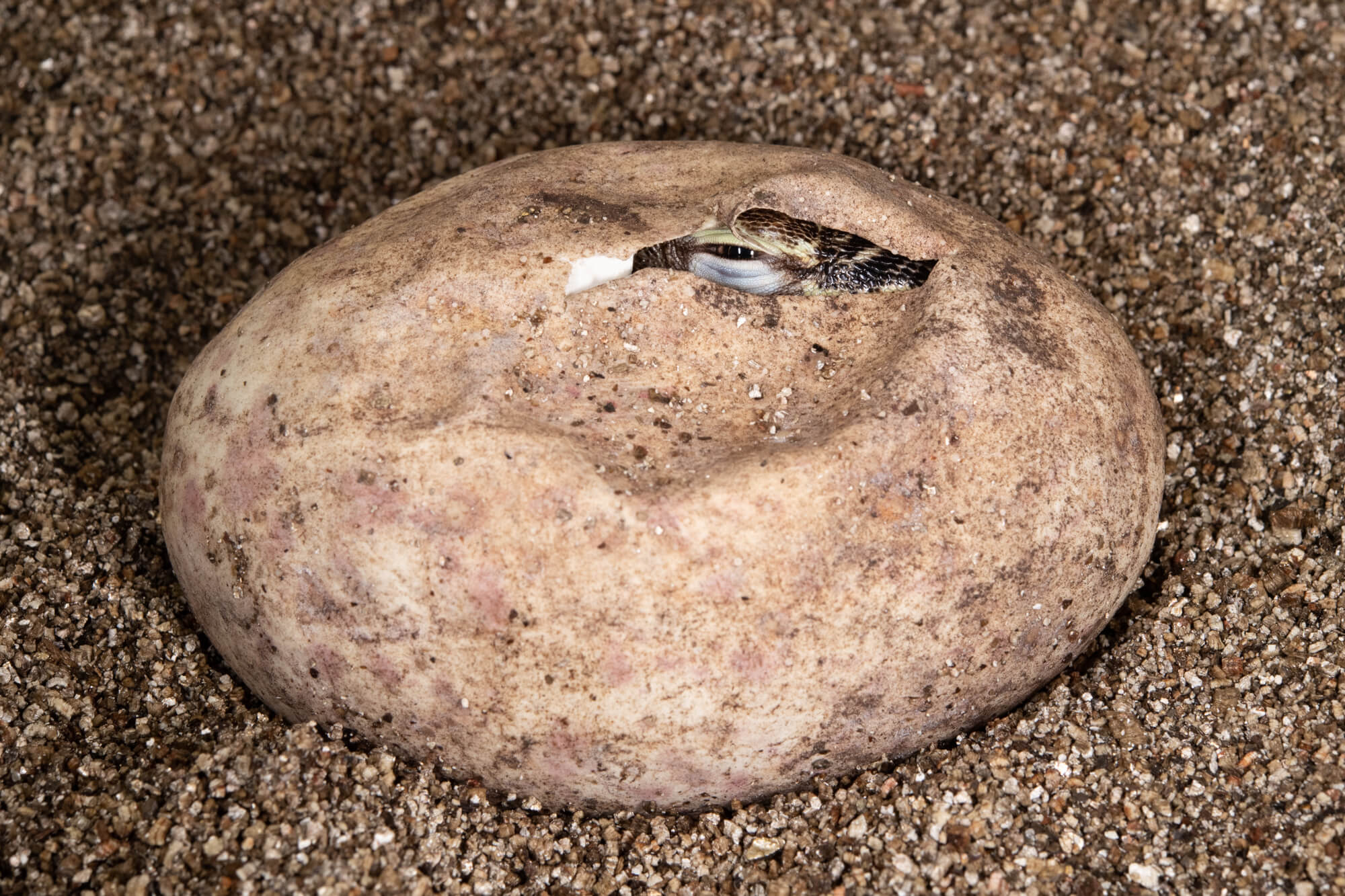
Immediately the hatchlings were deposited into an incubator, where they were closely monitored for approximately 212-days, before they began the 20-hour process of breaking free from their shell.
“It was a beautiful foot-long lizard with brilliant yellow and orange coloration on a darker background,” Boyer recalled of the event.
In 2014 The Bronx Zoo officially opened their Komodo dragon exhibit in Zoo Center, the first time the lizards had been hosted in the zoo since the 1950s. During this time, the Komodo dragon population was closer to 2,000, on their native island of Flores, Indonesia. However, to date, this reptile species has been classified as “endangered” by the International Union for Conservation of Nature (IUCN). According to their calculations, there are fewer than 2,500 Komodo dragons left in the wild, with as little as 350 breeding females.
“Komodo dragons are one of the planet’s most fascinating species and these hatchlings represent a hopeful future for the species. They will be wonderful ambassadors for their wild counterparts as they help us raise awareness about conservation needs,” Boyer said.
The birth of these Komodos is the result of the Species Survival Plan (SSP) at the zoo. The SSP is “a cooperative breeding and management program,” designed by the Association of Zoos and Aquariums (AZA).
As the species coordinator of the AZA, Boyer said, “I work with colleagues to maximize genetic diversity within the North American dragon population. The parents of our hatchlings are a recommended breeding pair. These young dragons will eventually join the AZA zoo population and be integrated into the breeding population.”
For more information, visit www.BronxZoo.com.
